Rolling, multi-course facilities in Japan, and the best zoysia course in the world
This is a report of one week in Japan, during which I taught a seminar about turfgrass nutrient requirements, visited five golf clubs in four different prefectures—only one of which had less than 36 holes—and saw lots of interesting course maintenance equipment and grasses. Here are the highlights.
Let’s start with this Asahi self-transporting roller. Here it is in action, rolling a green.
Now that the green is finished, the operator puts it into transport mode.
And then it is off to the next green.
This type of roller is common in Japan. The Hatsuta model (which seems to have replaced the Asahi) weighs 500 kg, which puts it on the heavy side for lightweight rollers, and similar in weight to a battery-powered Tru-Turf roller.
During the week I visited five clubs, but actually went to fifteen courses, if we count them in eighteen-hole equivalents.1
a 36-hole club in Hyogo prefecture
a 54 hole club in Shiga prefecture
a 36 hole club in Shizuoka prefecture
an 18 hole club in Nagano prefecture
a 126-hole!! club in Nagano prefecture
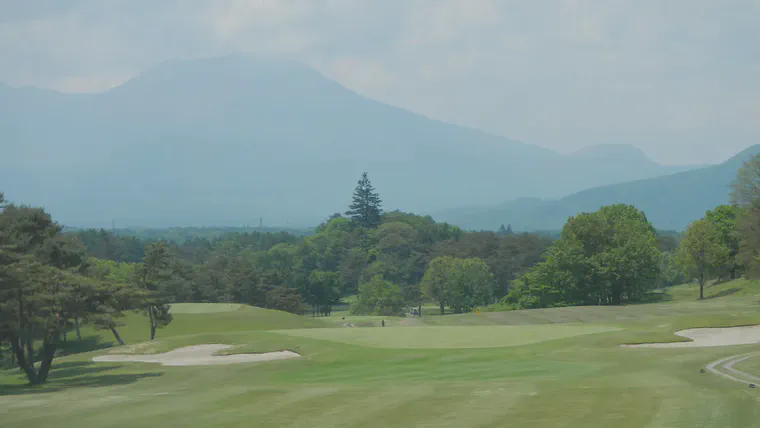
That’s right, 126 holes. The Karuizawa 72 Golf Club has a lot of courses. From the name one might think there would be four courses of eighteen holes—thus 72. Actually, the club recognizes itself as having six courses, but there is a seventh course, owned by the same company, and maintained out of the same maintenance facility, with the same superintendent, so for the purposes of golf course maintenance, it’s seven courses. The club hosts a Japan LPGA event each summer and hosted the World Amateur Team Championship in 2014.
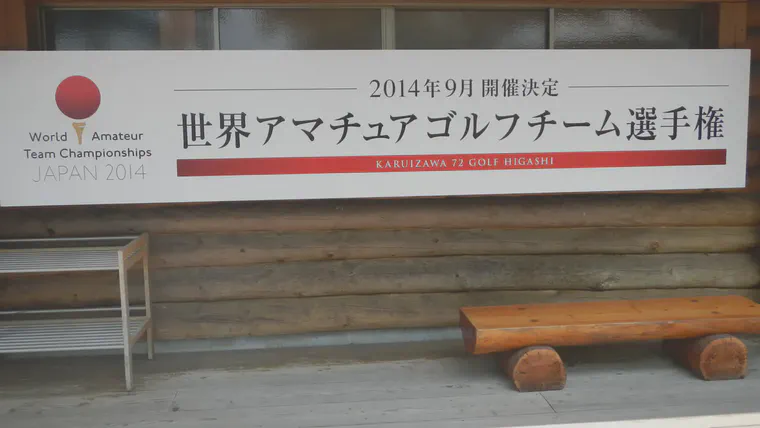
When it comes to grasses on Japanese golf courses, the majority of courses have creeping bentgrass greens, manilagrass (Zoysia matrella) tees and fairways, and Japanese lawngrass (Zoysia japonica) roughs. In Japanese, manilagrass is called korai and Japanese lawngrass is called noshiba.
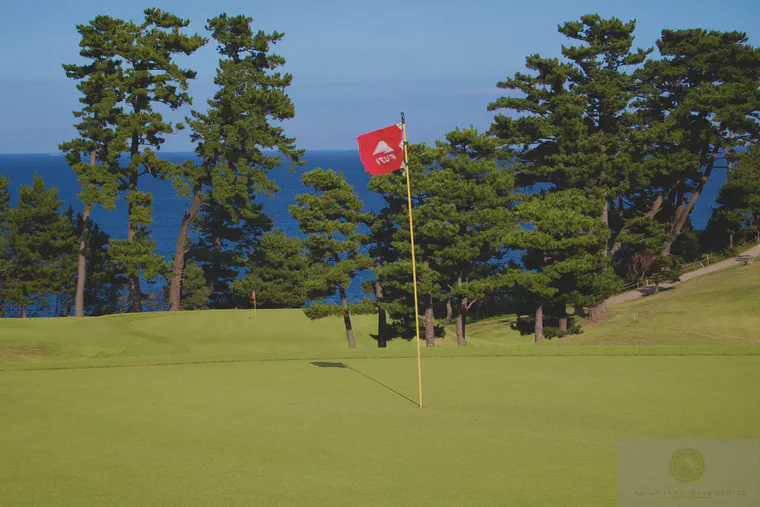
Some courses, most notably the Kawana Hotel’s Fuji course, have korai greens as well.
I’m an advocate for manilagrass, particularly in China, India, and Southeast Asia, where manilagrass thrives, producing equal or in many cases even better conditions than it can in Japan, and I’m reminded when I visit Japan of just how good it is as a golf course turf.
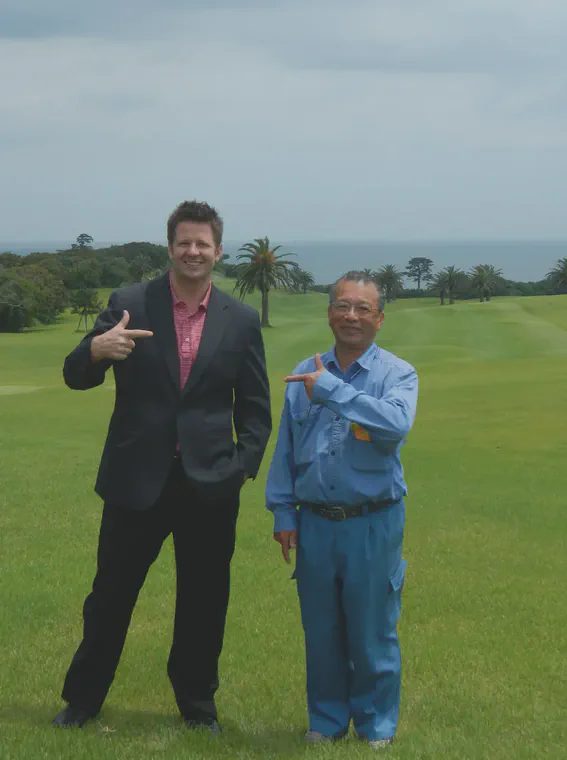
It was a real treat for me to visit Kawana, to meet again with the recently retired (but still working half-time) greenkeeper, Honke-san, who has decades of experience working at Kawana. Kawana’s Fuji course is ranked in the world’s Top 100 courses, making it the best course in the world with zoysia greens.
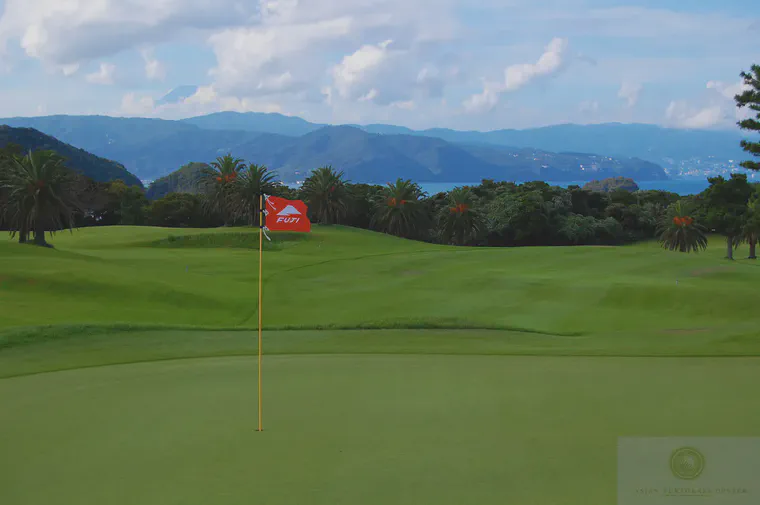
The week described in this blog post was part of a three week trip to Japan during which I visited sixteen golf clubs with 33 eighteen-hole equivalents. There are a lot of multi-course facilities in Japan. ↩︎